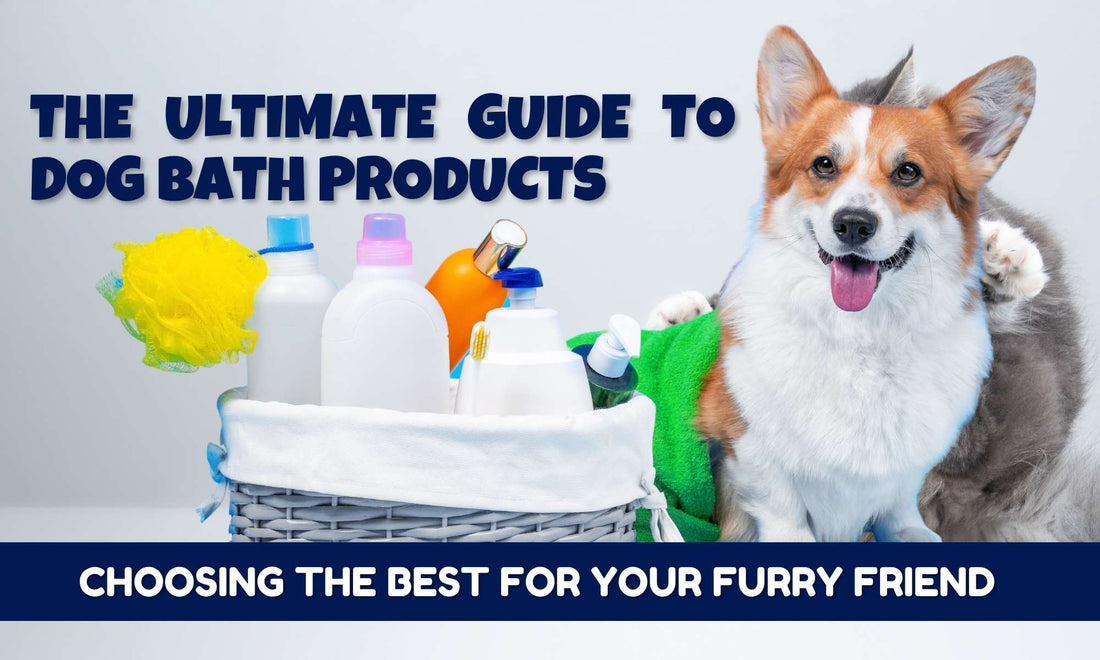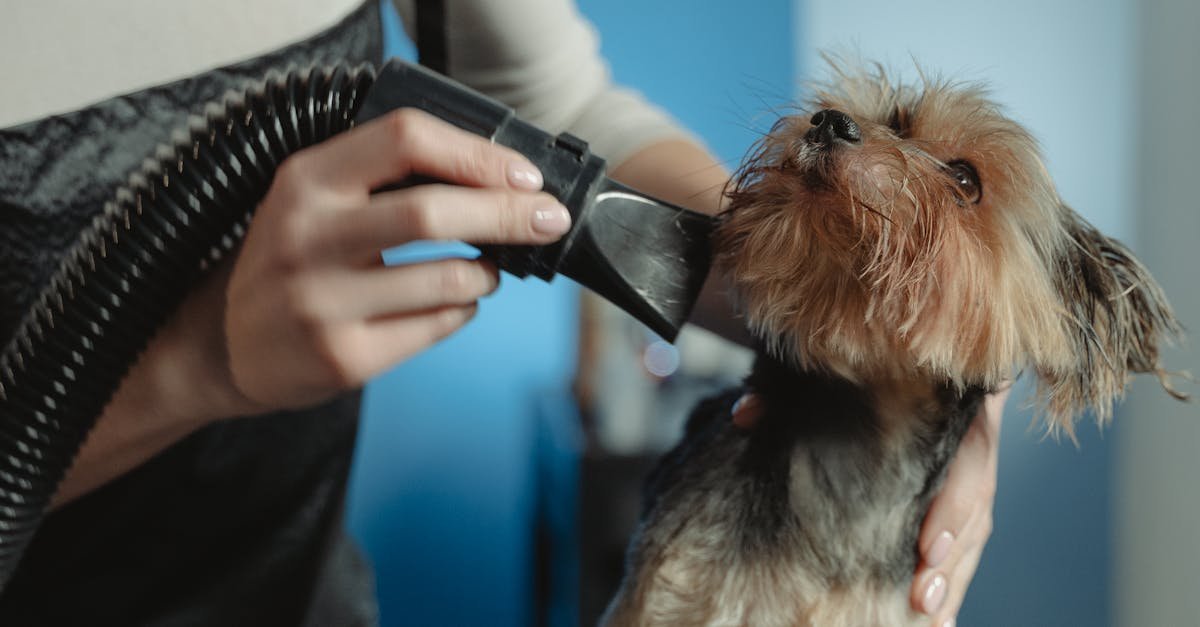
Dog Bathing Essentials – A Complete Guide for Pet Owners
Estimated reading time: 8 minutes
Dog Bathing Essentials: Key Takeaways
- Proper bathing prevents skin infections, reduces shedding, and keeps coats healthy.
- Bathing frequency depends on breed, coat type, and lifestyle.
- Choose gentle shampoos with soothing ingredients for sensitive skin.
- Proper drying techniques prevent skin infections and discomfort.
- A DIY grooming station makes bath time easier and more efficient.
Table of Contents
- How Often Should You Bathe a Dog?
- Best Shampoos for Dogs with Sensitive Skin
- How to Dry a Dog After a Bath
- DIY Dog Grooming Station at Home
- Frequently Asked Questions
How Often Should You Bathe a Dog?
Bathing frequency isn’t one-size-fits-all—it depends on your dog’s breed, coat type, and lifestyle. Here’s how to determine how often you should bathe a dog:
Factors That Affect Bathing Frequency
- Breed & Coat Type
- Short-haired breeds (like Beagles or Dalmatians) typically need baths every 2–3 months.
- Long-haired or double-coated breeds (like Golden Retrievers or Huskies) may need monthly baths to prevent matting.
- Dogs with oily coats (like Basset Hounds) might need more frequent washing.
- Activity Level
- Active dogs that play outdoors, swim, or roll in dirt may need weekly baths.
- Indoor dogs with minimal outdoor exposure can go longer between washes.
- Skin Conditions
- Dogs with allergies, dermatitis, or fungal infections may require medicated baths as prescribed by a vet.
According to the American Kennel Club, over-bathing can strip natural oils, leading to dry skin, while under-bathing can cause odor and irritation.
Signs Your Dog Needs a Bath
- Visible dirt, mud, or debris in their coat.
- A strong, unpleasant odor.
- Excessive scratching or licking (could indicate skin irritation).
Pro Tip: Brush your dog regularly between baths to remove loose fur and distribute natural oils. For more grooming tools, check out our guide on the best dog brushes for shedding control.
Best Shampoos for Dogs with Sensitive Skin
If your dog has itchy, flaky, or red skin, choosing the right shampoo is crucial. Here’s what to look for in the best shampoos for dogs with sensitive skin:
Soothing Ingredients to Look For
- Oatmeal – Relieves itching and inflammation (PubMed study).
- Aloe Vera – Moisturizes and soothes irritated skin.
- Hypoallergenic Formulas – Free of sulfates, parabens, and artificial fragrances.
Ingredients to Avoid
- Artificial Fragrances – Can trigger allergic reactions.
- Alcohol – Dries out the skin, worsening irritation.
- Harsh Detergents (like SLS/SLES) – Strip natural oils.
Top Recommended Shampoos
- Earthbath Oatmeal & Aloe Shampoo – Gentle, vegan, and soap-free.
- Vet’s Best Hypoallergenic Shampoo – Designed for allergy-prone dogs.
Pro Tip: Always do a patch test before full application. Apply a small amount behind the ear and wait 24 hours for any reactions. For more on skin health, explore our guide to dog paw protection.
How to Dry a Dog After a Bath
Proper drying prevents skin infections and keeps your dog comfortable. Here’s the safest way to dry a dog after a bath:
Drying Methods Compared
- Microfiber Towels – Absorb water quickly without excessive rubbing.
- Blow Dryers – Use the lowest heat setting and keep the dryer moving to avoid burns.
- Air Drying – Only safe for short-haired dogs in warm environments (long-haired dogs may develop mats).
The ASPCA recommends avoiding high heat, as it can cause thermal burns or discomfort.
Stress-Free Drying Tips
- Reward your dog with treats to create positive associations.
- Use a calming spray with pheromones if your dog is anxious.
- For long-haired breeds, brush while drying to prevent tangles.
Pro Tip: If using a blow dryer, start at the paws and work upward to acclimate your dog to the noise. For anxious pups, learn more about pet mental health.
DIY Dog Grooming Station at Home
A DIY dog grooming station saves money and makes bath time less stressful. Here’s how to set one up:
Essential Supplies
- Non-Slip Mat – Prevents slipping in the tub.
- Handheld Sprayer – Makes rinsing easier.
- Storage Caddy – Keeps shampoos, brushes, and towels organized.
Step-by-Step Setup
- Choose a Location – Bathroom, garage, or outdoor space with easy drainage.
- Elevate Small Dogs – Use a sturdy table with a rubber mat for stability.
- Organize Supplies – Install hooks for leashes and shelves for grooming tools.
Budget Hack: A plastic kiddie pool works great for large breeds! For more pet-friendly home ideas, see our guide to creating a pet-friendly home.
Frequently Asked Questions
- How often should I bathe my dog?
- What shampoo is best for sensitive skin?
- How can I make bath time less stressful?
How often should I bathe my dog?
Bathing frequency depends on breed, coat type, and activity level. Most dogs need baths every 1-3 months, but active or oily-coated dogs may need more frequent washing.
What shampoo is best for sensitive skin?
Look for hypoallergenic shampoos with oatmeal, aloe vera, and no harsh chemicals. Brands like Earthbath and Vet’s Best are excellent choices.
How can I make bath time less stressful?
Use treats, calming sprays, and a non-slip mat. Gradually introduce your dog to the bathing process and keep sessions short and positive.
